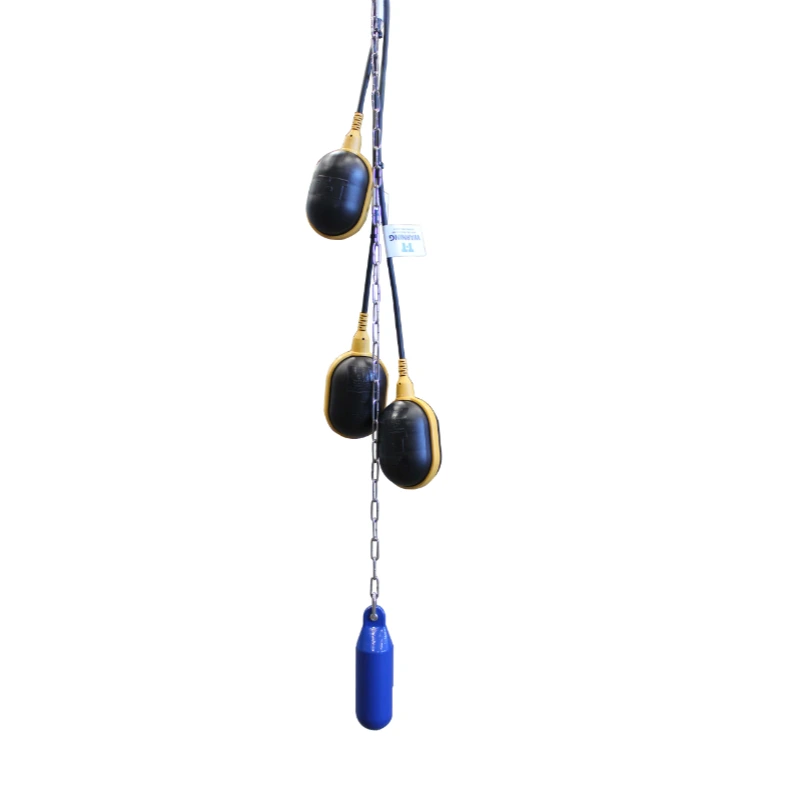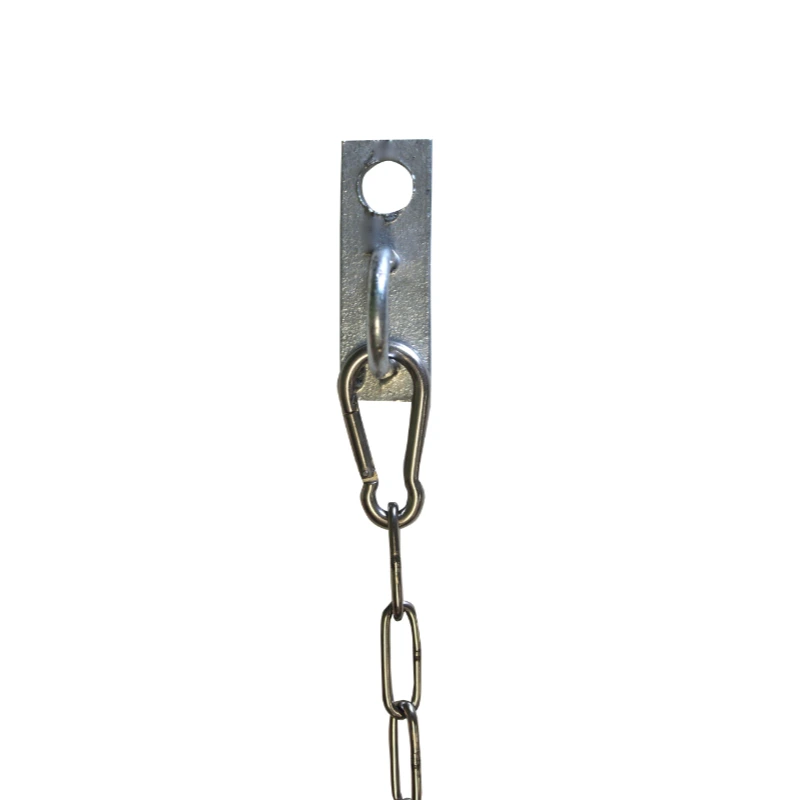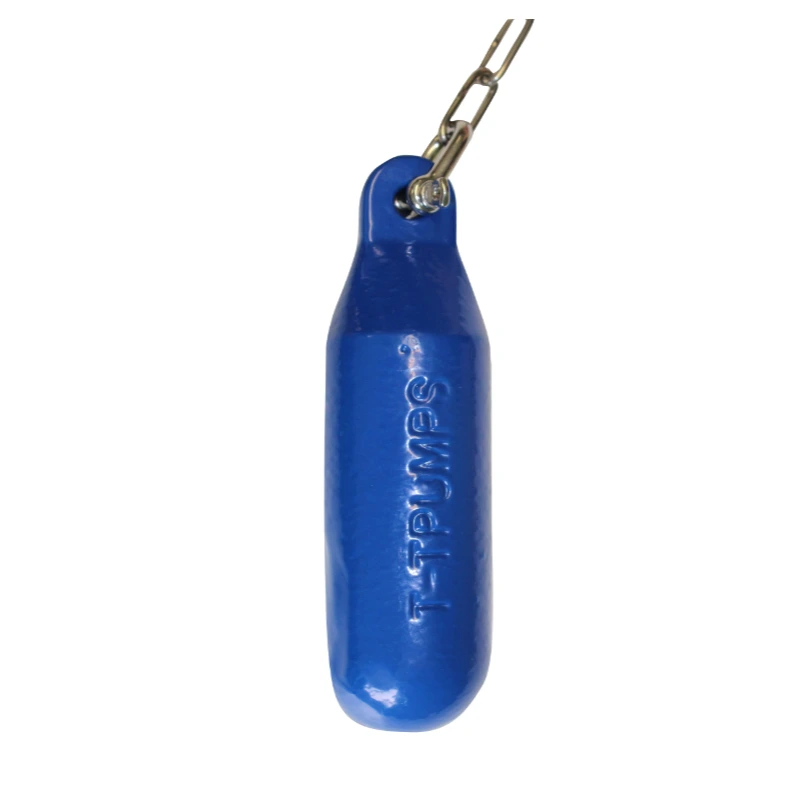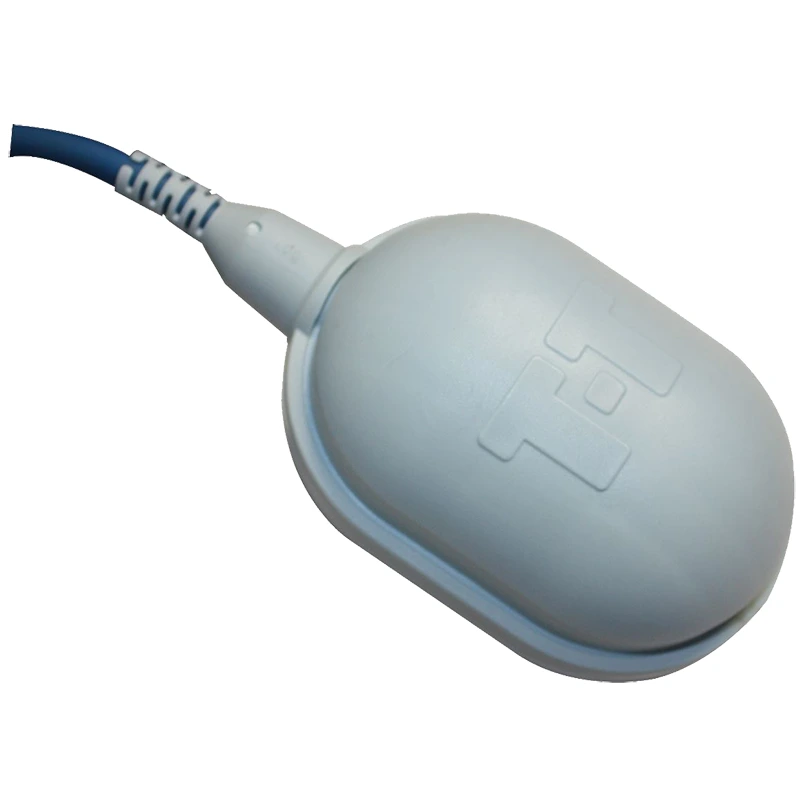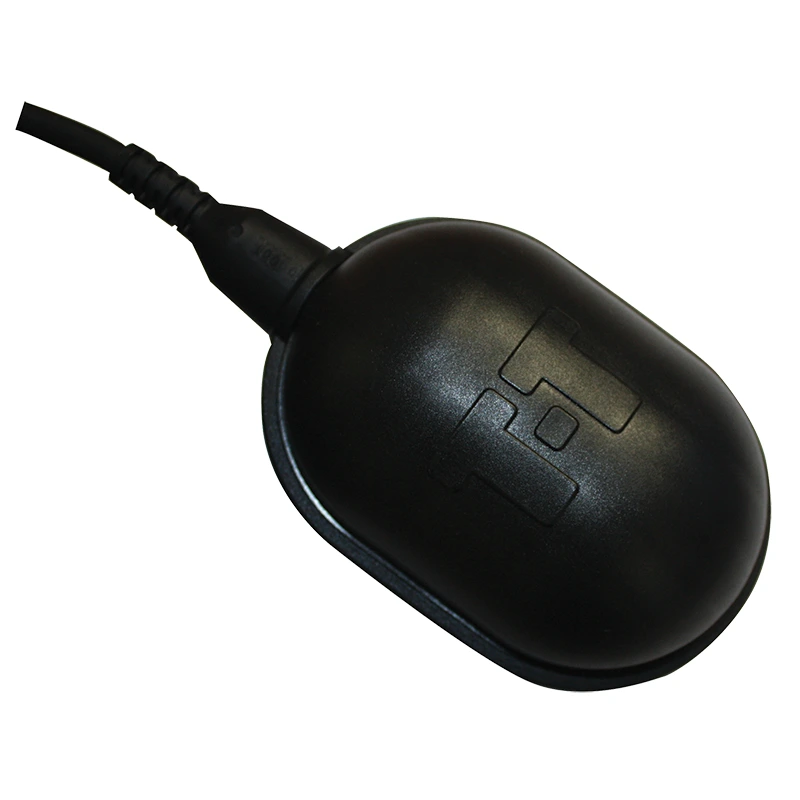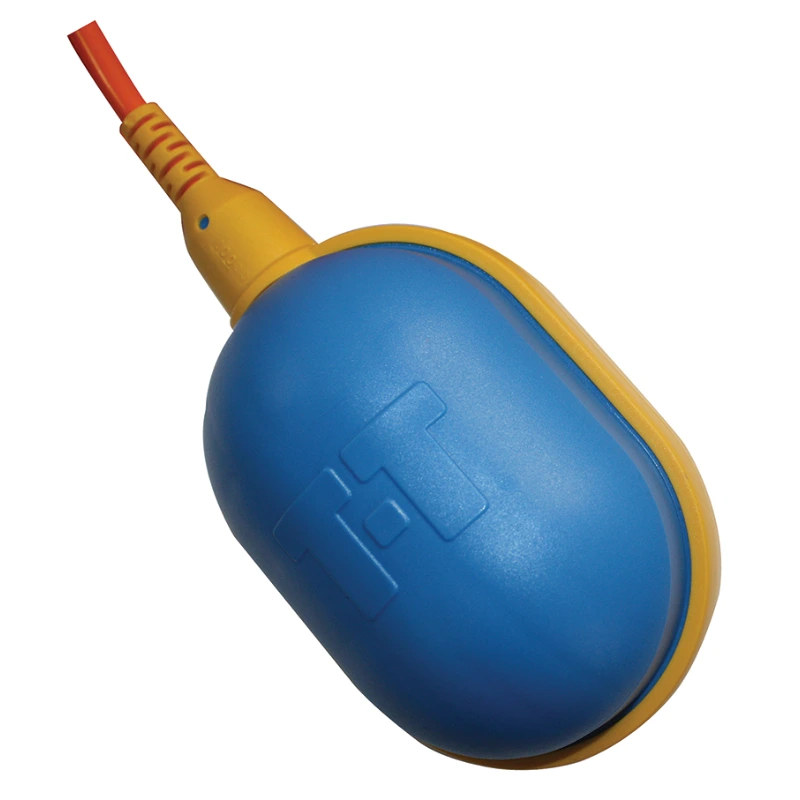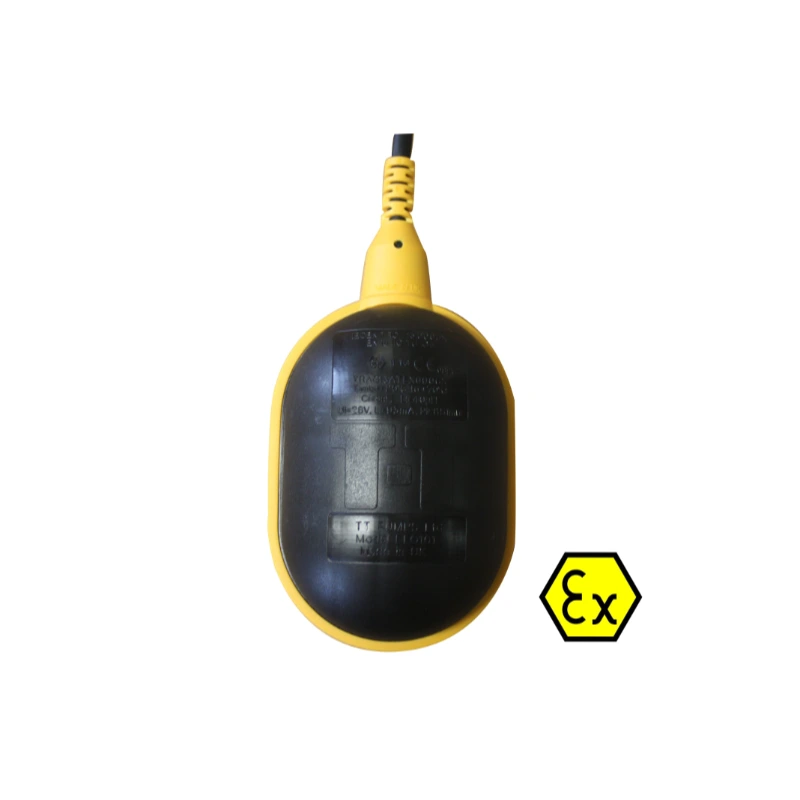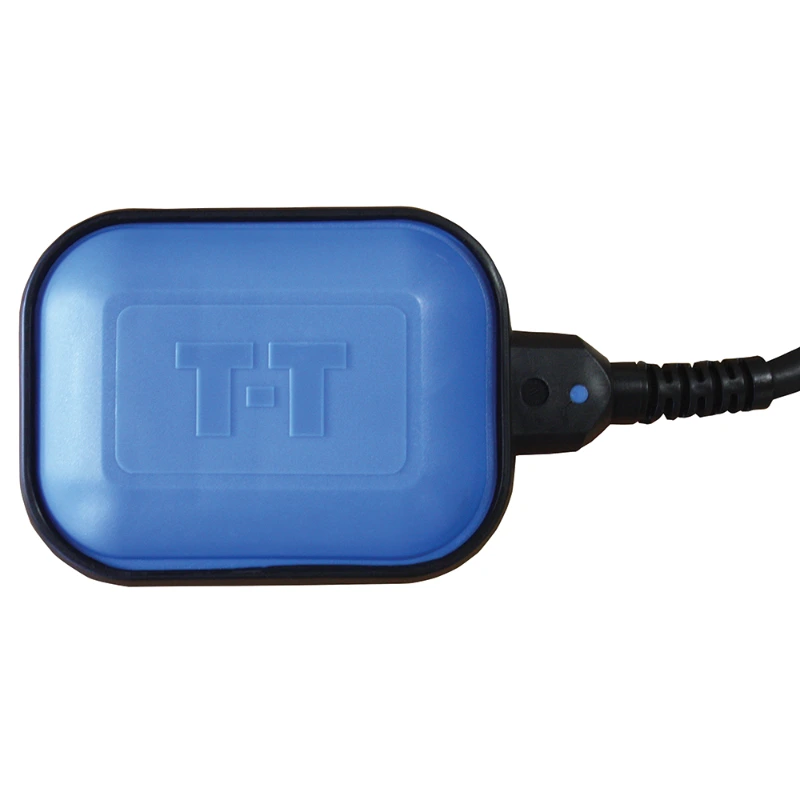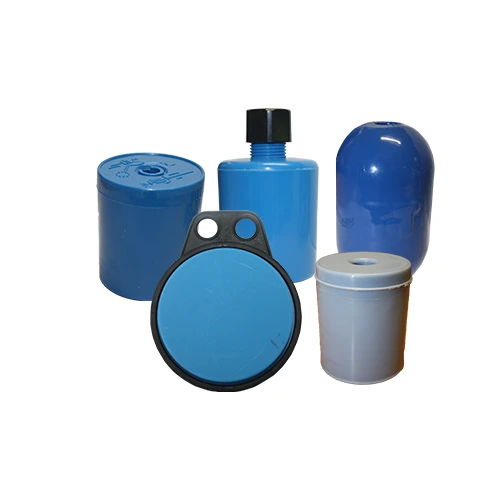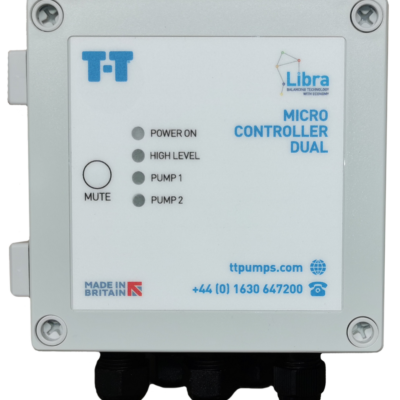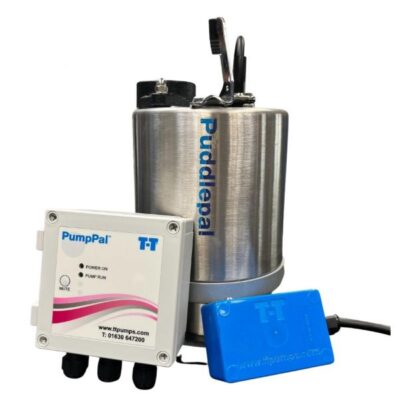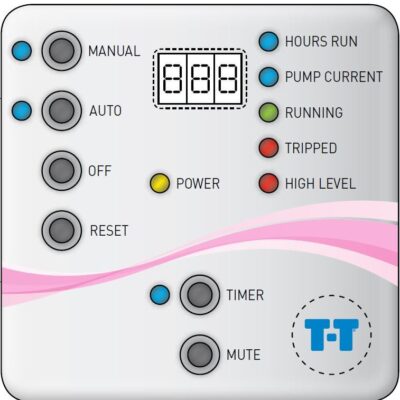Product Description
Typically, a float switch is a device used in a liquid to control the action of a complementary piece of equipment. The floats stay on the surface of the liquid and move with the liquid level, when a certain level is reached this will trigger the equipment’s operation, be it a pump, valve, alarm, or other devices. Commonly they are used as liquid level control on pumps to activate starting and stopping at planned liquid levels, also avoiding them from running dry.
For Expert advice please contact-us.
Our pump float switches are constructed using either polypropylene which offers a good all-around combination of strength and resistivity to most liquids.
When considering a sump pump float switch for level control, you need to think about what medium the level control will be installed in. If it’s purely water, consider if this is Potable (drinking water), waste water or grey water. Potable water floats will need to be constructed from materials approved and meeting Australian standards if the float is to be used in a clean drinking water supply application.
Next, consideration is the specific gravity, viscosity, and density of the liquid to float is to be installed in. The selected float must be buoyant enough to operate and switch and be constructed to withstand immersion pressure at the required depth, along with any impact from turbulent installations. More specific liquids such as fuels, and heavy sludge liquor, will again require specific attributes from the potential float switch used.
Cable choice plays a big part in the selection process when reviewing suitability for use. Rubber cables such as HO7RN8-F and HO5RN-F, are particularly suited for submergence in water and damp atmospheres, whereas some PVC compounds are not suited to applications where hydrocarbons are present, as the cable becomes stiff and therefore hinders the operation of the float switch. Applications such as diesel and fuel again require a more specialist PVC cable resistant to oils which causes rubber cables to swell.
The switching mechanism internal to the float is crucial to the life expectancy of the product. Most floats on the market now use a chrome-plated or stainless-steel ball secured in a rolling chamber to then in turn operate an electrical microswitch. Older products still in existence typically used mercury to make and break an electric circuit, however since the Restriction of Hazardous Substances Directive 2002/95/EC came into effect 13 August 2004, this is now no longer used, and therefore any new product offered as a replacement must be RoHS compliant.
Consideration must be given to the number of likely operations required by the float switch, which then has some bearing on the manufacturers chosen micro switch in terms of longevity of use. The internal construction of the ‘rolling’ chamber in which the ball operates should limit the Nm (Newton metre) of force exerted on the microswitch when contact is made.
Lastly, the electrical element needs to be understood, from operating via a safe extra low voltage source to any protective devices such as an RCD (residual current device) to protect against the risk of electrical shock if a safe extra-low voltage is not employed.
If the float switch is to be installed in a hazardous area environment (or zoned application) where explosive gasses could be present, such as methane in a sewage well, then an ATEX rated float switch is required and should be installed with a matching galvanic isolation barrier, or relay. A Float Switch is a simple part of a level control system and with the correct selection, you get a long-lasting and reliable asset.
Ready level is a reliable method of float switch attachment in a pump chamber or sump.
The Ready Level sets can be purchased as a kit, comprising stainless steel chain, D shackles, heavy duty powdered coated weight, galvanised upper bracket, D hook and stainless steel karabiner. The floats switches are ordered separately.
If you require pre-fabrication or additional float switches as a complete assembly, Simply contact-us with your requirements.
